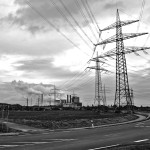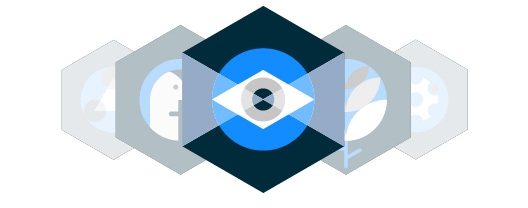Mr Marian Cernat, Director General of the Electricity Market General Division of the Romanian Electricity Regulatory Authority (ANRE), made the remarks at the conference, “Power Systems Interconnectivity”, on 27 June in Bucharest. The event addressed the latest on energy infrastructure developments in Europe and Romania.

The WEC Romania discussion took place as European countries are working towards implementing the EU Third Package for Electricity and Gas, which aims to liberalise Europe’s energy markets by 2014 through the creation of a single market.
Developing the large reserves of Europe’s unconventional gas could provide Europe’s future energy needs, according to Professor Niculae Napoleon Antonescu, Honorary Rector of the University of Oil and Gas. This resource includes tight gas sands, shale gas, and coal-bed methane. However, maximising its use would require advanced and expensive exploration technology.
Prof. Antonescu added that underground gas deposits should therefore be considered as a safe and effective tool to move along the energy production chain, from the source to the end-user. In this respect, Romanian and EU energy policy and strategy must urgently reconsider the importance of underground storage. New strategies, programmes, and forecasting methods are required to efficiently use the deposits.
Romania has up to 6 billion cubic metres (bcm) of natural gas storage capacity in the form of underground deposits, according to Dr Iulian Iancu, Chair of WEC Romania. The current storage capacity in the seven underground facilities could provide end-users with security of supply and enable the efficient use of resources.
However, there is a funding shortage for interconnection and gas infrastructure projects both at the European and national levels, according to Alexandru-Valeriu Binig, Director of Energy & Resources at Deloitte Consulting. The EU estimates that for energy infrastructure alone, Europe would need a total investment of about 200 billion Euros by 2020. Half of this amount could be provided by the government from regulated sources, while the rest has to come from other sources. This investment shortfall raises the question of how to find the alternative financing and legislative and regulatory steps to support this effort.
Mr Binig added that a suitable, integrated and reliable energy network is a prerequisite to meet EU energy policy and economic goals. Therefore, there should be adequate legislative and regulatory adjustments to enable the development of new and innovative financing solutions.
Any policy decisions on power system and interconnection development must also involve and be validated by energy experts, said Professor Mircea Eremia from the University Politehnica of Bucharest. Romania’s new energy strategy, which is currently being formed, must reflect policy objectives and concrete opportunities for funding and implementation.





_-80_result_688_387_s_c1_c_c.jpg)


